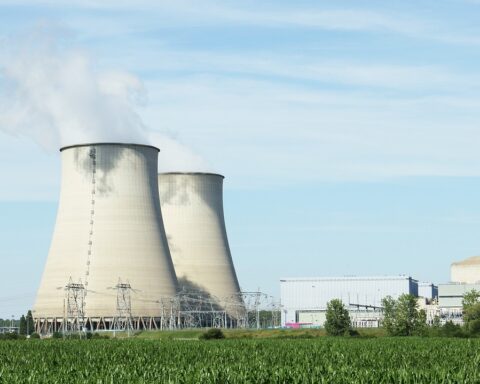Texas’ predicted growth over the next six years will place tremendous strain on the state’s electric grid. To meet Texas’ energy needs, the Electric Reliability Council of Texas (ERCOT) is entering a New Era of Planning to develop innovative solutions and adapt to long-term challenges caused by increasing energy loads.
Currently, new large loads are being added to the ERCOT system more rapidly and in greater quantities than have been historically recorded. The increased size and speed of large loads entering the grid is difficult to handle. ERCOT estimates the projected population growth and electricity demand will reach 152 gigawatts (GW) by 2030.
In addition, Texas’ mixture of energy generators – gas, solar, wind, battery and more – are more diverse and geographically disbursed from load centers than they’ve been. The rate of large loads and the spread of generation sources slows down how quickly Texas can adapt to transmit power where it needs to go.
“As a result of Texas’ continued strong economic growth, new load is being added to the ERCOT system faster and in greater amounts than ever before,” said ERCOT President and CEO Pablo Vegas. “As we develop and implement the tools provided by the prior two legislatures, ERCOT is positioned to better plan for and meet the needs of our incredibly fast-growing state.”
ERCOT will prioritize processes and solutions to connect generation and load, allowing it to match Texas’ unprecedented rates of growth and energy demand. These solutions include:
- Exploring methods to process battery generation and interconnect it with existing sources.
- Collaborating with Transmission Service Providers (TSPs) to develop methods of identifying large load locations.
- Working with TSPs to increase visibility and gather information from distribution system.
- Creating demand response protocols that are reliable, established and scalable to meet future growth.
ERCOT’s current suite of tools and programs to meet demand include weatherization standards and inspections, scheduled maintenance planning approvals, Fast Frequency Response Service (FFRS) and Firm Fuel Supply Service (FFSS). The agency aims to develop additional tools such as Real Time Co-Optimization, a Performance Credit Mechanism (PCM), Dispatchable Reliability Reserve Service (DRRS) and a new Reliability Standard.
The Public Utility Commission of Texas (PUC) will support ERCOT’s planning efforts using loans from the Texas Energy Fund. The Fund is a constitutional amendment passed Nov. 7, 2023, that set aside $7.2 billion to develop dispatchable energy supplies.













